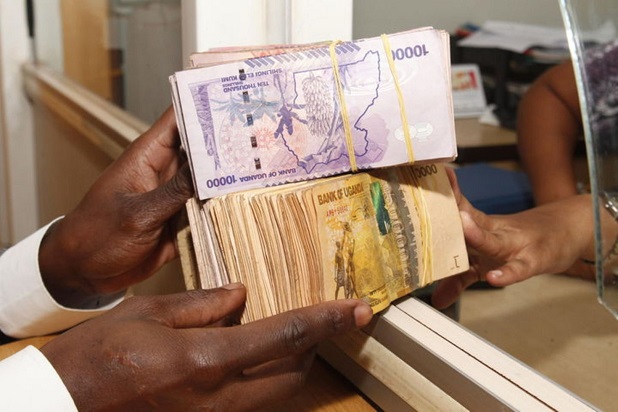A new report has revealed that seven out of every 10 Ugandans are operating a personal budget deficit and as such, need more money than they are earning to cover their personal budget.
Additionally, the report says that Ugandans are relying on on their families and friends, personal savings and borrowing to manage their budget deficits than was the case in 2018.
According to the study, 20% ask family/friends to assist. 20% use savings to settle the deficit while 16% borrow either formally or informally to meet their needs.
This is according to the Finscope Uganda 2023 findings released in Kampala on Thursday.
The report among others seeks to describe the financial services needs of the adult population (16 years or older) in Uganda.
In its 2023 findings, the report revealed that the proportion of Ugandans who are keeping track of the money they receive and spend has increased by 10% to 57% from the 2018 study.
However, the same report also notes that in comparison to the 2018 study, more Ugandans have cut down on their expenses to 21% from 27% in 2018.
The report also highlights that nine out of every 10 Ugandans (94%) were faced by an unexpected event. The number more than tripled from 2023 than was the case in 2018.
According a senior economist at FINMark Trust, Bobby Berkowitz, this is an indication that more Ugandans are now more vulnerable to economic and social shocks.
Data shows that the most negative financial events in 2023 was illness of a family member at 28% and crop failure, livestock death and drought at 22%. Theft accounted for 21%.
As such, people were forced to use their savings. The report shows that 38% used their savings compared to 16% in 2018 while 30% cut back on spending. 20% sold an item as a main coping mechanism.
The report also notes that more than seven out of every 10 Ugandans have no concrete long-term financial plans.
“That’s troubling,” Berkowitz said while breaking down the findings of the report. “Individuals are under pressure. Often, they are more likely to enter into cycle of debt.”
Only 11% of the samples taken from across the country are satisfied with their financial situation. 60% adult Ugandans are not confident in their financial plans for old age.
However, the report shows that the portion of Ugandans using digital transfer has slightly increased since 2018 from 57% to 64%. Men still dominate the women in the use of digital transfers as is the case with urban and rural areas.
The report also highlights that there are more Ugandans (60%) saving now than it was the case in 2018. An increase of 6%. However, their main purpose of saving is to help with regular expenses.
Berkowitz says there is a shift towards productive investments like real estate development, business and agriculture.
In the 2023 study, purchase of land, farming and running a business continue to be the predominant investment aspirations for Ugandans. “There has been a slight decline in Ugandans who aspire to build a house as an investment aspirations,” said Berkowitz.
Meanwhile, farming and financial savings continue to be the predominant sources of financing for investment.
Although there is an overall increase in savings among Ugandans, two out of every 10 Ugandans save electronically through formal financial institutions. SACCOS and mobile money registered the highest increases in adoption since 2018 with the proportion of Ugandans utilizing them more than doubling. However, the portion of Ugandans keeping money in the house has also doubled. Berkowitz says this “could be a sign of lack of confidence in any form of financial service provider whether formal or informal.”
On the side of credit, the report shows that more Ugandans are moving away from cred. Those who are taking credit are mainly borrowing to cover regular expenses. For instance, only 15% borrowed in 2023 compared to 23% in 2018. While 44% borrowed to help with regular expenses, 22% borrowed for business purposes. VSLAs and family friends continue to be the predominant sources of credit. SACCOS, on the other hand, continue to be the predominant sources of credit.
Presiding over the launch as Chief Guest, the Assistant Commissioner in charge of financial inclusion in the Ministry of Finance, Planning and Economic Development, Bob Munene said “the hard work to financial inclusion is paying dividend.”
“Overall, the data is encouraging,” added Munene.
He, however, said that there is a need for further financial literacy activities.
“We shall use this data to further better the sector,” said Munene.





